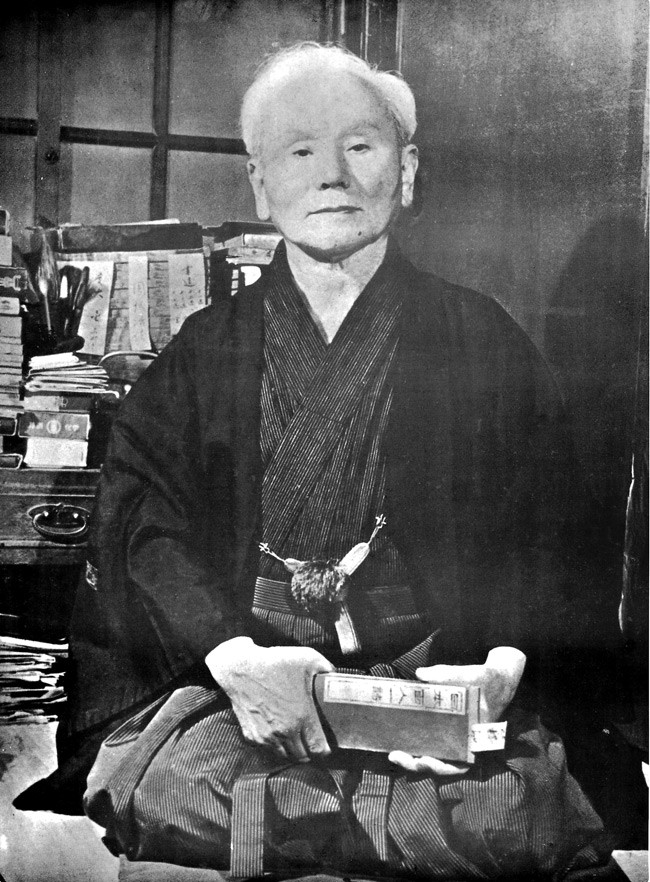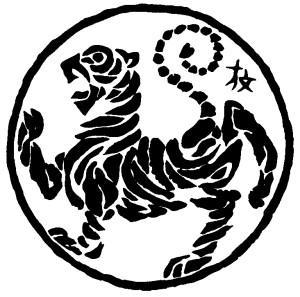Karate is just one of many different kinds of martial arts; Judo, Kendo, Aikido, Kung Fu and Tae Kwon Do are a few examples. As a well-known style, Shotokan Karate has millions of practitioners all over the world, so knowing the Shotokan Karate history makes sense for any karateka or fans of the style.
Depending on which historians you talk to, some say that the origin of karate go far back as the Egyptians. However in the pass there have been various fighting styles developed, but not necessarily related to the development of Karate, as we know today.
Please find below a brief history on how the style of shotokan karate developed: Stories say that Bodhidharma (circa 500AD) from India, spread his form of fighting to china, and the Shao Lin monks were taught it as physical training to build strength, endurance for the search of self-perfection and also taught for the purpose of looking after themselves. Many Martial arts styles have said to been developed from the Shao Lin style.
It is widely accepted that the birth place of Karate as we know it was Okinawa. Okinawan’s who had been visiting China would bring back the Chinese systems of fighting and develop it in there own form of fighting systems.
Around 1902 Okinawans recognised the valuable character building aspects of karate and introduced it as part of physical education in schools. The first instructor was Anko Itosu, student of Sokon Matsumura and instructor to Funakoshi. (Gichin Funakoshi was born in the district of Yamakawa-cho in Shuri, Okinawa. He studied Shuri-te under Anko Itosu and Yasutsune Azato)
The Japanese began to notice the benefits of karate and in 1922 Funakoshi was invited by the Japanese to go to Tokyo to demonstrate karate. After the demonstration Funakoshi was asked to stay and teach karate at the Kodokan and also instructed at Keio University, Tokyo and the Butokukai Military Arts College in Kyoto.

In 1936 Funakoshi established his own dojo, called the Shotokan by his students.
The name Shotokan came from a combination of Funakoshi pen name (Shoto) and the Japanese word for hall (Kan).
Later the term Shotokan, became known has Funakoshi style of karate. The development of Shotokan karate, as we know it today can credited to Funakoshi’s third son (Yoshitaka) with a few adjustments of the Shotokan style.
One of these was the use of deep stances that is typical of Shotokan today. The other can be the forming of the JKA (Japan Karate Association) in 1948 with Funakoshi as honorary chief instructor and most of the input coming from the late Master Nakayama.
Shotokan Karate as a Japanese Style
Japanese karate is considered to have originated in Okinawa, a small island between Japan and China. Although the Chinese influence on the techniques of karate is undisputable, the unique history of Okinawa was still considered largely responsible for its development.

As weapons were banned there, first about 500 years ago and again 300 years later, as a result, Okinawans were forced to develop methods of self-defense that did not include weapons, thus “the way of the open hand” became the art of karate (Kara-Te-Do).
The style of karate that Funakoshi developed also became known as Shotokan, and later adopted the Tiger logo from the cover of his master text.
The development of karate was greatly influenced in Japan by existing martial arts and the Budo (way of the warrior). Because of this influence and its tremendous effect on the art, Shotokan is now considered a Japanese style of karate
